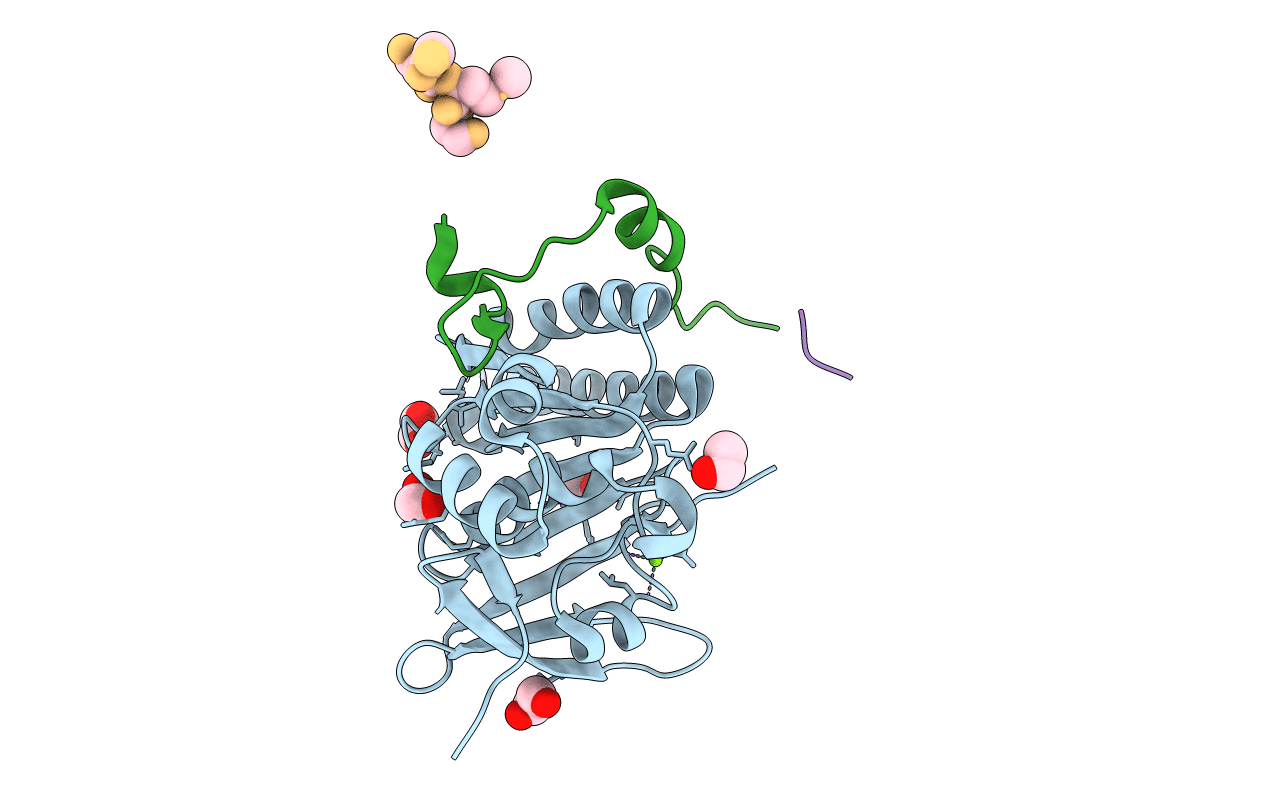
Deposition Date
2002-10-15
Release Date
2002-11-27
Last Version Date
2024-11-20
Entry Detail
PDB ID:
1N0W
Keywords:
Title:
Crystal structure of a RAD51-BRCA2 BRC repeat complex
Biological Source:
Source Organism:
Homo sapiens (Taxon ID: 9606)
Host Organism:
Method Details:
Experimental Method:
Resolution:
1.70 Å
R-Value Free:
0.20
R-Value Work:
0.19
Space Group:
P 21 21 21


